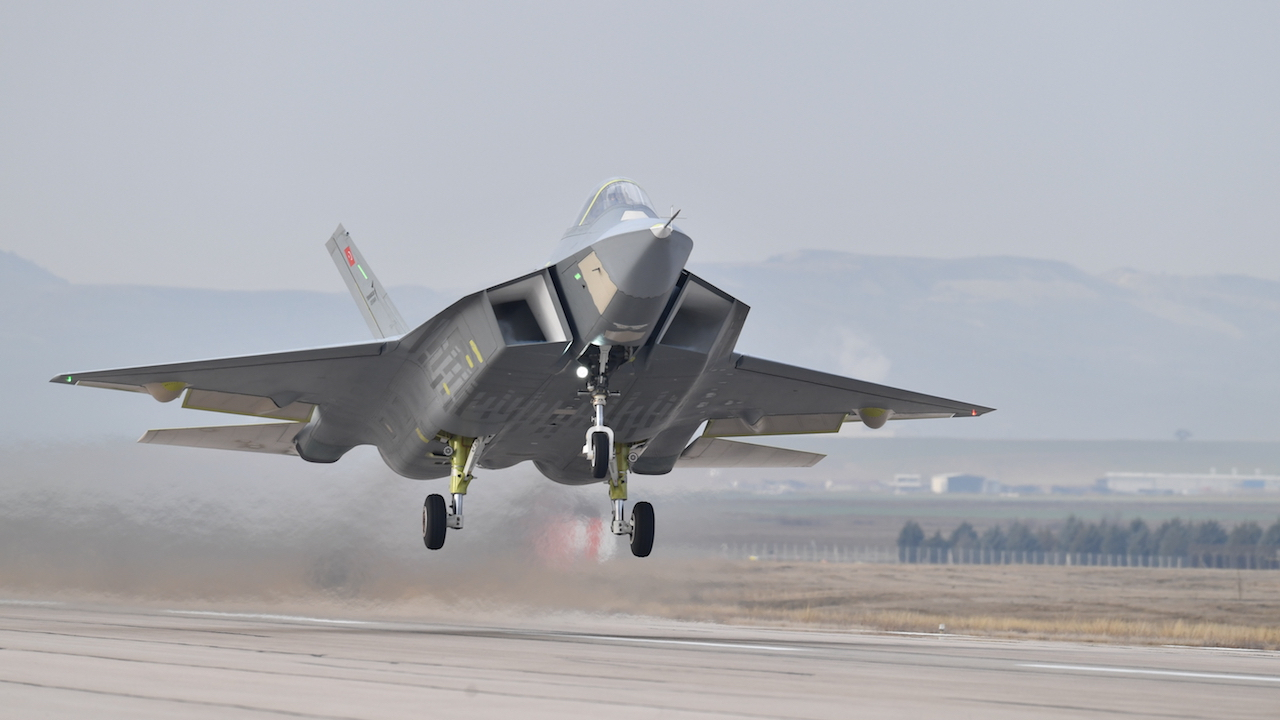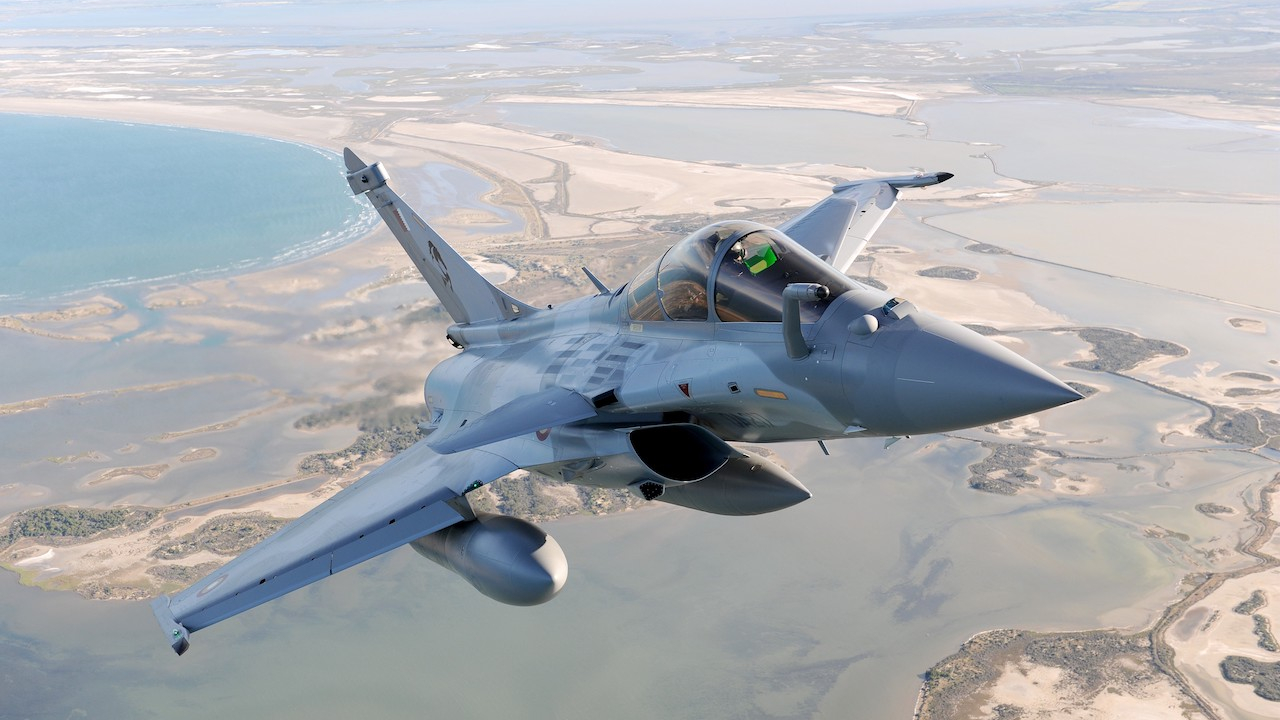KAAN opener...
The two biggest military spenders in the Middle East – Saudi and UAE – take the first steps towards purchase of Turkish fifth-generation fighter. Alan Warnes reports.

The Turkish fifth-generation fighter, Kaan is in demand, by customers who want big numbers. IMAGE: TAI
Both are showing interest in the aircraft’s development programme. In late 2024, A visit by Royal Saudi Air Force commander, Prince Turki bin Bandar al Saud brought reports that Saudi Arabia was keen on the Kaan.
The author asked TAI’s general manager Dr Mehmet Demiroglu about the interest, and all he would say was, “There a number of countries interested and I’m not going to deny that Saudi is one of them!”
With the USA denying the export of the Lockheed Martin F-35A to Saudi and the UAE, because of concerns from Israel, the Kaan would be a very good option. Both have burgeoning indigenous defence industries, and the Kaan could being a lot of technology transfer, if both countries wanted enough numbers of the Kaan.
Turkey has a requirement for around 200 of the new jet, and Saudi has a need for around 100 to replace the older Boeing F-15s and Panavia Tornados, while the UAE seeks a successor to its 80 Lockheed Martin F-16 Block 60s.
With the restoration of relations between Turkey and Saudi Arabia in 2022, after both took opposing sides in the Libya war that saw a ceasefire agreed in October 2020, talks on Kaan have subsequently increased.
It comes after Saudi Arabian Military Industries (SAMI) announced in August last year that 70 per cent of the components for the TAI Akinci unmanned combat air vehicles procured by Saudi Arabia would be manufactured domestically, reflecting Saudi efforts to enhance its defense industrial capabilities.
A similar deal on the Kaan would be big business for SAMI, and contribute significantly to Saudi’s Prince Mohammed bin Salman’s ‘Saudi Vision 2030’ ambitions.
UAE has been looking for a fifth-generation fighter for several years, having agreed to purchase 50 F-35As during the first Trump administration in 2020, it apparently pulled out during Joe Biden’s term in office due to pre-conditions over UAE’s relationship with China.
Since then, the UAE which enjoys a good relationship with South Korea through long-term agreements with the likes of LIG, has shown keen interest in South Korea’s Korean Aerospace Industries (KAI) fifth-generation KF-21 Boramae. The UAE’s interest in the Kaan is understandable and would be an attractive proposition for Edge, the ever-growing UAE defence company.
“The main advantage of Kaan is it will be Turkish, so there will be no restrictions [like the US DoD’s ITAR (International Traffic in Arms Regulations). Everything onboard is indigenous, the engine and the ejection seat are the only two main systems that are not indigenous yet,” Dr Mehmet Demiroglu said.
The Kaan will replace the entire fleet of 240 Turkish Air Force Lockheed Martin F-16s, although with manned-unammned teaming developments that will include both the Anka-3 UCASTAI Aksungar UCAS and Super Simsek subsonic multi-mission UAS it wont necessarily be a like-for-like replacement.
Dr Demiroglu told Arabian Aerospace that serial production is expected to start in 2028. “Its ambitious, but we will not jeopardise safety to meet that goal.”
The first deliveries will be the 20 basic Block 10s in 2028/29, then 20 Block 20s (no difference In terms of structures, but in software and systems readiness) and the Block 30s with the new Turkish engines should be available in 6-7 years.
Every weapon will be produced by Turkey – Roketsan, Tubitak-SAGE and Aselsan plus any other weapons in the inventory. All the aircraft will be upgraded to Block 30.
Exports are unlikely to take place before the early 2030s.
Stay up to date
Subscribe to the free Times Aerospace newsletter and receive the latest content every week. We'll never share your email address.

